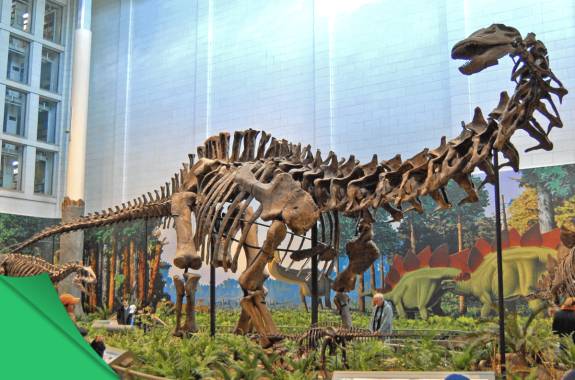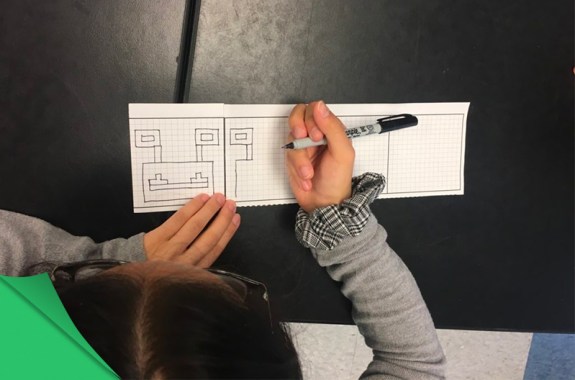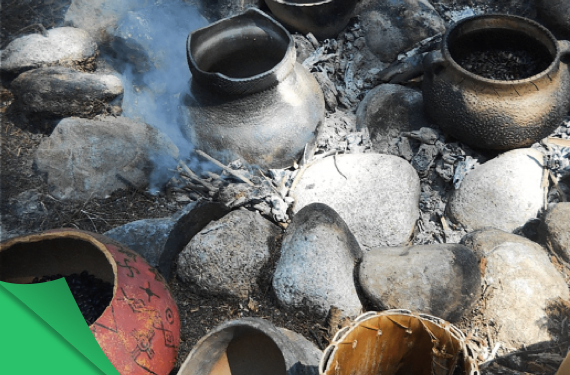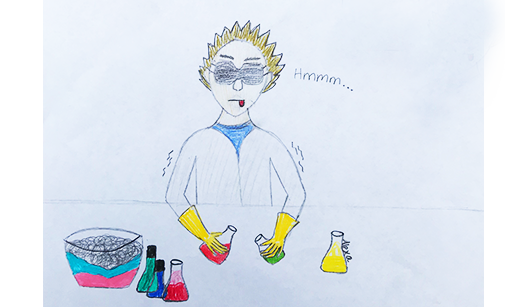Educate
Science Friday partners with educators and scientists to create free STEM activities, lessons, and resources for all learners.
How Often Do 100-Year Floods Actually Occur?
Buying a home? Let probability help you estimate your flood risk.
Real Estate Hunting For The Climate Apocalypse
The debate regarding humanity’s role in climate change is over. The discussion of how to adapt has begun.
Engineering A Fix For The Great Pacific Garbage Patch
Students will consider the impact the Great Pacific Garbage Patch on the environment and marine life—and design a waste-catching device.
Movement And Mutualism: Modeling Ecosystem Interactions
In this educational resource, students will use dance to represent ecosystem relationships.
Make Your Own Sauropod Poop!
How did dinosaurs digest the food they ate? Using modern animals as models, make your own digestive system to learn more.
Binary, Pixels, And Data, Oh My! Studying How Computers Store Information
In this hands-on classroom activity, students learn how computers actually store and transmit data.
The 2019 Science Friday Educator Collaborative
This year’s cohort of Educator Collaborators are making engaging, free activities for the classroom.
What Did Ancient Civilizations Eat? An Archaeology Lab Experiment
Compare simulated ancient plant remains to real archaeological data to understand the diets of past civilizations.
Use #ScientistsWhoSelfie to Challenge Science Stereotypes
What happens when students “draw a scientist” and then explore how real scientists present themselves in social media? Stereotypes get busted!
Will Future Astronauts Need To Worry About Moonquakes?
Analyze real evidence of seismic activity on the lunar surface to advise the next generation of crewed missions to the moon.









